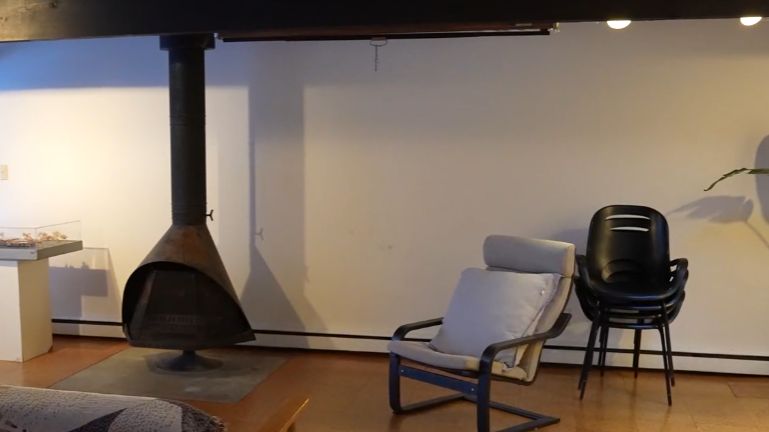BUFFALO, N.Y. — In the last year, the city of Buffalo lost four staple institutions, with the Mohawk Place closing its doors just last week.
“The music scene is tough these days," said Mike Thorpe, former general manager at Buffalo’s Mohawk Place, which closed its doors at the end of January. "[With] music venues this size, you don’t see a ton of profits to hand out to everybody."
But when culture is bred through the places around us, how can communities preserve history?
“Whenever something happens like this in Buffalo we’ve been making it a habit to put out a call for objects to make sure we’re documenting the history of the community,” said Anthony Greco, director of exhibits and interpretive planing at the Buffalo History Museum.
Through contemporary collecting, the Buffalo History Museum is able to preserve the parts of history that are being made right now, by keeping things like paintings and photographs from places that are lost, like after the Old Pink burned down last year.
“It was actually a local artist that came to us and had the idea like, 'Hey, this is a really important part of Buffalo history, we want to make sure that we give the community an opportunity to come in, come together and share some memories,'” Greco said.
As the culture around us changes, so does what is preserved.
“Every topic is different," Greco said. "We did a contemporary initiative with COVID, with the pandemic. So we were putting a call out for people who were keeping diaries to donate them so we know what was in the mindsets of these people going through this once-in-a-lifetimee occurrence."
With Buffalo having lost the Old Pink, Mulligan’s Brick Bar, Swannie House and now Mohawk Place, community members say that keeping culture alive means focusing on what remains.
“Just keep patronizing," Thorpe said. "Instead of spending $200 on that pop star that doesn’t care whether you’re there or not, spend 10, 15, 20 dollars, even 30 dollars on some of your local shows."
And so the effort to keep alive the memories of what was lost continues.
“Mohawk Place will never die," Thorpe said. "Mohawk Place is the artists who were in here. There will be another Mohawk Place. Whether it’s here or somewhere else, it’s just the people that were all part of it."











